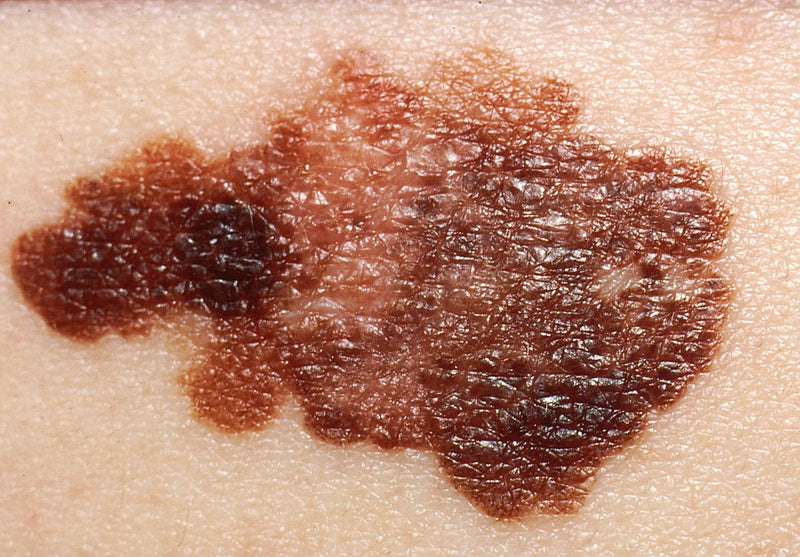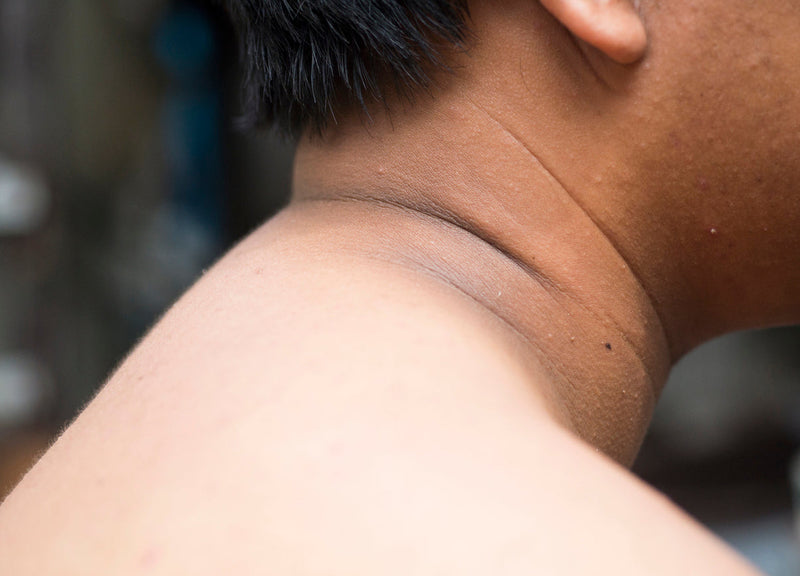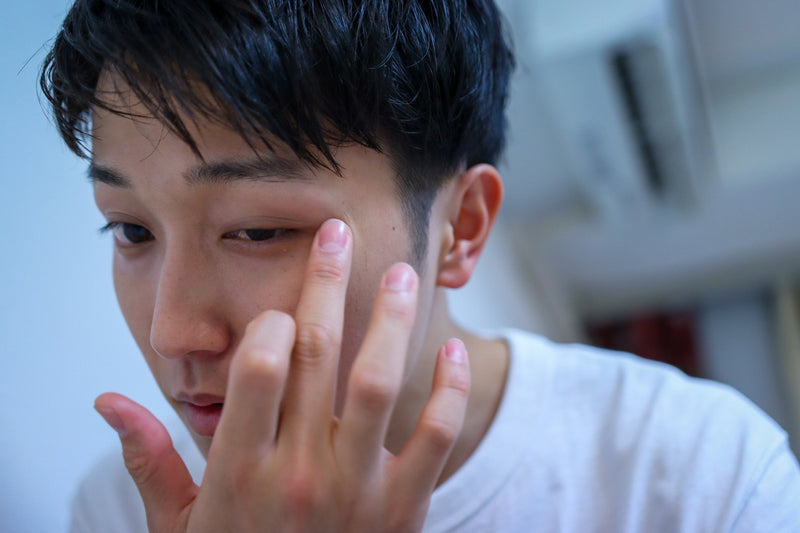CDC Recommendation
The Centers for Disease Control and Prevention (CDC) advises that you should apply sunscreen first, followed by bug or insect repellent. This order ensures that the sunscreen can effectively provide its full UV protection before the bug repellent is applied.
Dermatologist Recommendation
We also support this approach. By applying bug repellent afterward, you avoid diluting the sunscreen’s effectiveness and maximize the effect of the bug repellent. Of note, one study showed that insect repellent can decrease the efficacy of your sunscreen by 43% if applied 15 minutes after and 28% if applied 75 minutes after. We recognize that you'll eventually have to reapply sunscreen before you'll need to reapply bug repellent but that's perfectly fine!
How to Apply
- Apply Sunscreen First
- Choose a broad-spectrum sunscreen with an SPF of at least 30.
- Apply generously to all exposed skin.
- Allow the sunscreen to dry and form a protective layer
- Studies show that waiting 75 minutes before applying insect repellent is ideal but may be impractical for most people
- Follow with Bug Repellent
Benefits of Following the Correct Order
- Optimal UV Protection: Ensures that your skin is fully protected from sunburn and long-term damage.
- Effective Insect Defense: Properly applied bug repellent will effectively ward off mosquitoes, ticks, and other pests.
Final Tips
- Reapply sunscreen every two hours, or more often if swimming or sweating.
- Reapply bug repellent according to the manufacturer's instructions.








